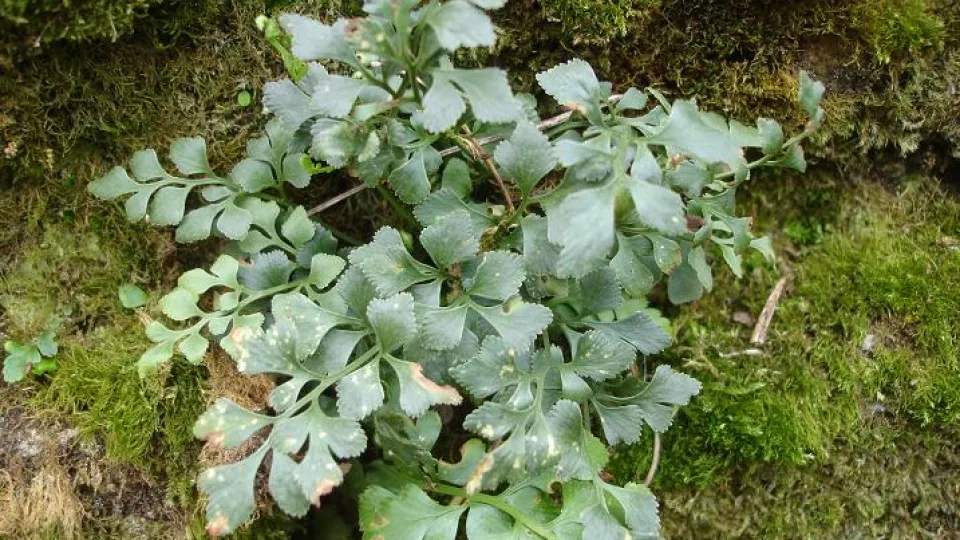
Wall-rue
With club-shaped leaflets on its fronds, wall-rue is easy to spot as it grows out of crevices in walls. Plant it in your garden rockery to provide cover for insects.

With club-shaped leaflets on its fronds, wall-rue is easy to spot as it grows out of crevices in walls. Plant it in your garden rockery to provide cover for insects.
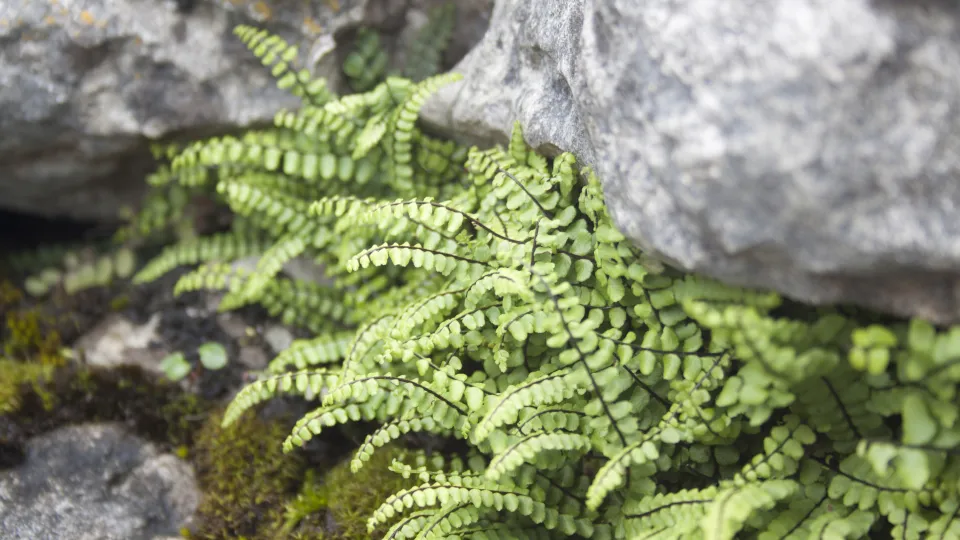
A small, tufted fern, maidenhair spleenwort can be found growing out of crevices between rocks, in walls and on mossy branches across the UK.
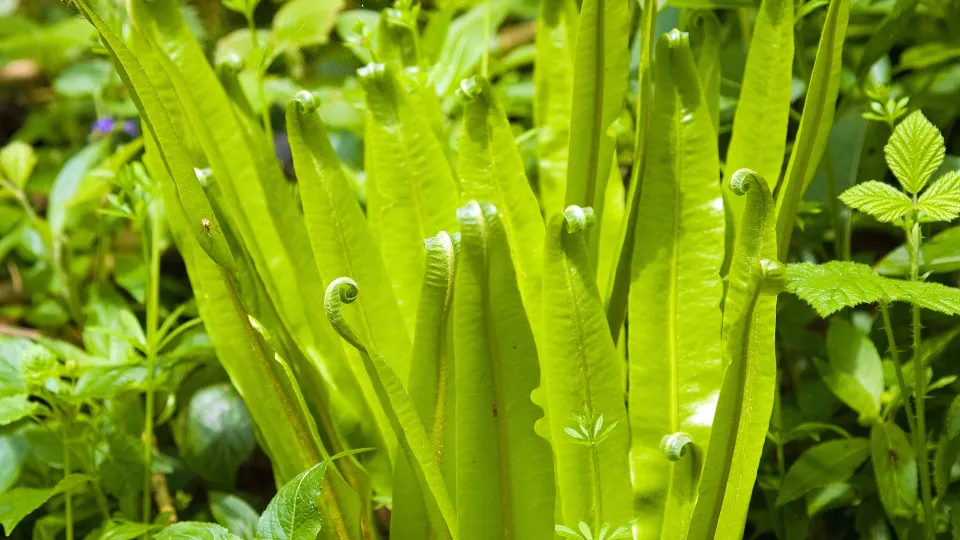
The hart's-tongue fern is a hardy fern of damp, shady places in woodlands. It also makes a good garden fern. It has simple, tongue-shaped, glossy, green leaves that have orange spores on their undersides.
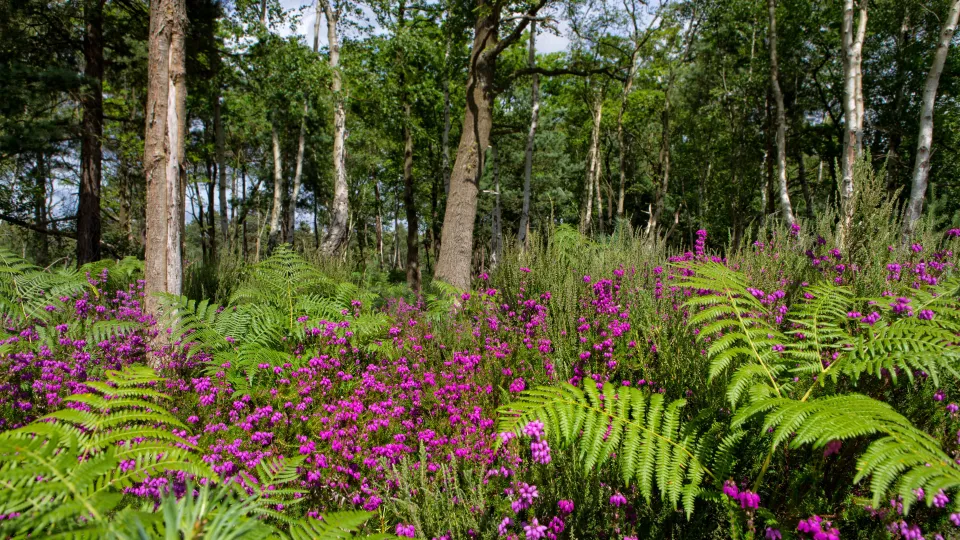
Our most familiar fern, bracken can be found growing in dense stands on hillsides, moorland, heathland and in woodlands. It is very large and dies back in winter, turning the landscape orangey-brown.
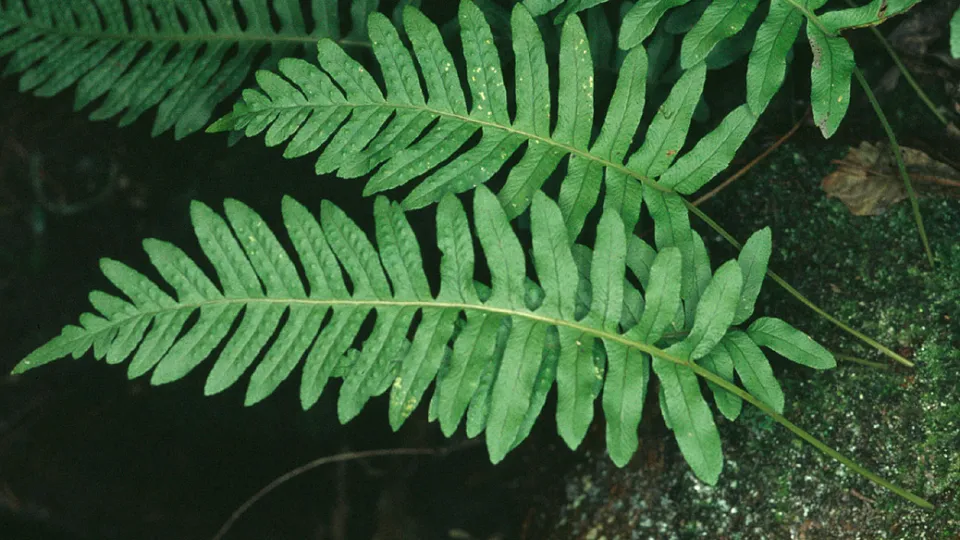
The common polypody is a hardy fern of damp, shady places in woodlands. It also makes a good garden fern. It has ladder-like, leathery foliage with pimply undersides - these spots are the spores.
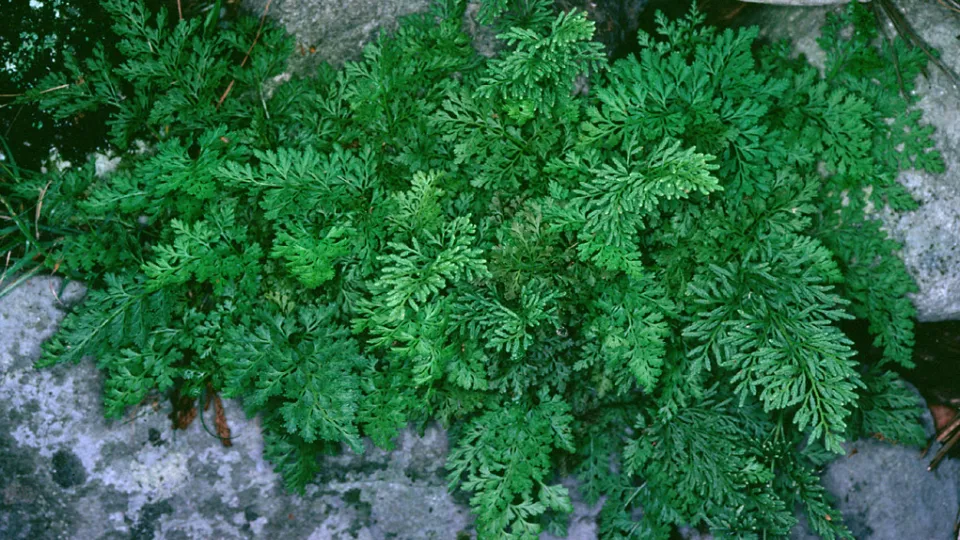
Parsley fern lives up to its name - the pale green fronds form in clusters among rocks and look just like parsley. Look out for it in upland areas, particularly in Wales and Cumbria.
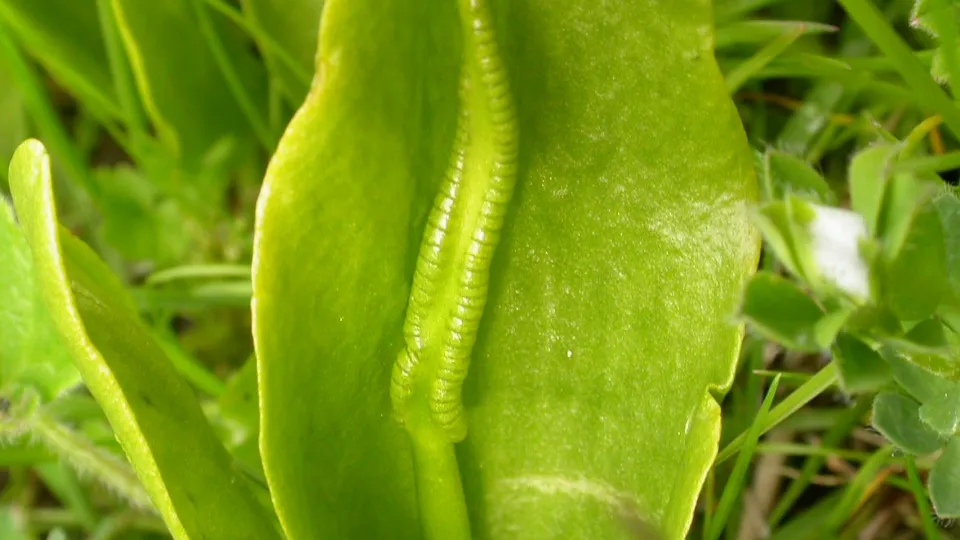
The adder's-tongue fern is so-named because the tall stalk that bears its spores is thought to resemble a snake's tongue. An indicator of ancient meadows, it can be found mainly in southern England.
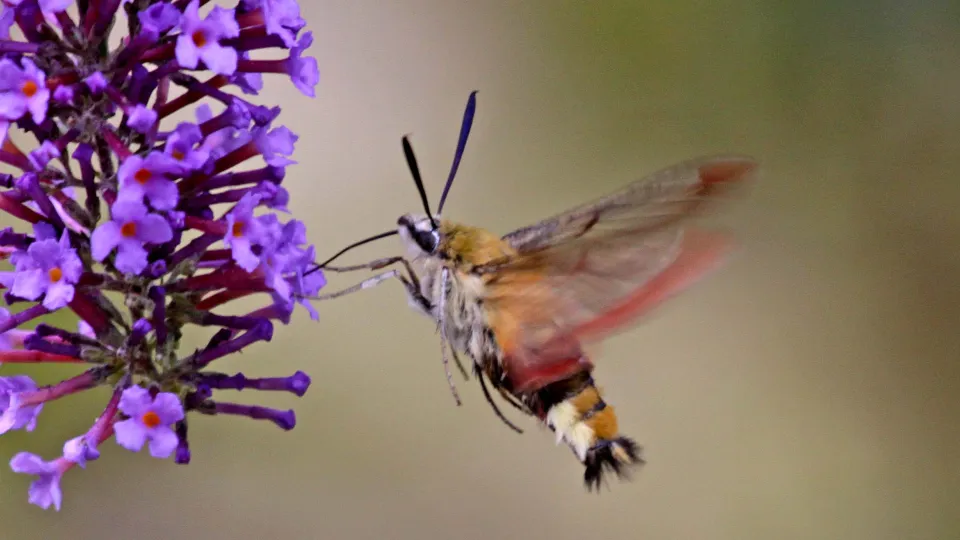
The broad-bordered bee hawk-moth does, indeed, look like a bee! A scarce moth, mainly of Central and Southern England, it feeds on the wing and can be seen during spring and summer.
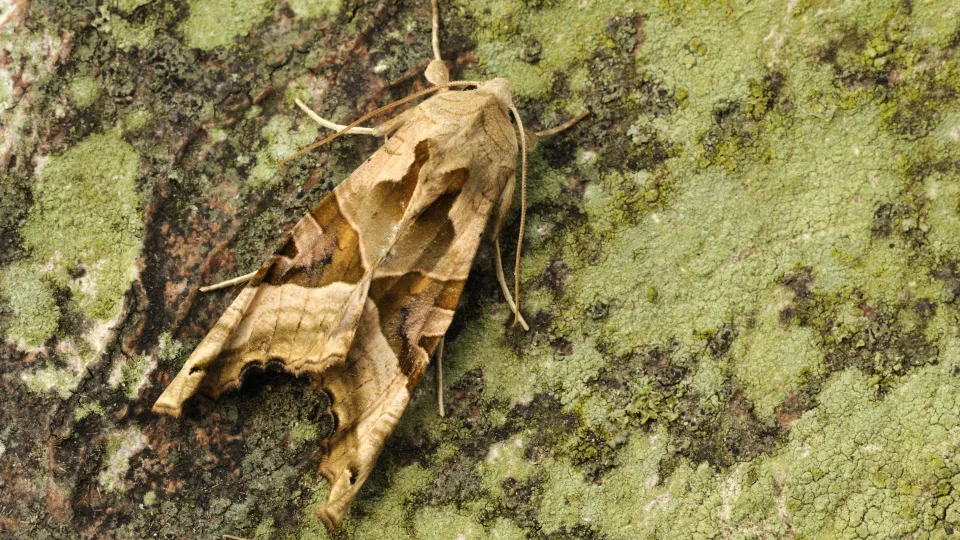
The angle shades can be well-hidden among the leaf litter - its pinky-brown markings and scalloped wings giving it the perfect camouflage. It is on the wing in gardens, woods and hedgerows from May.
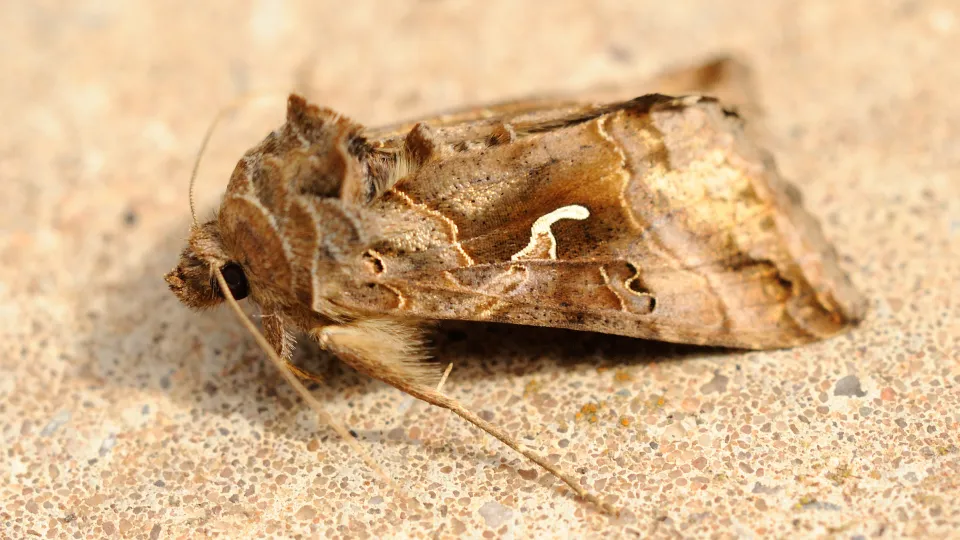
The Silver Y migrates to the UK in massive numbers each year - sometimes, an estimated 220 million can reach our shores in spring! Seen throughout the year, it is very common in gardens and grasslands.